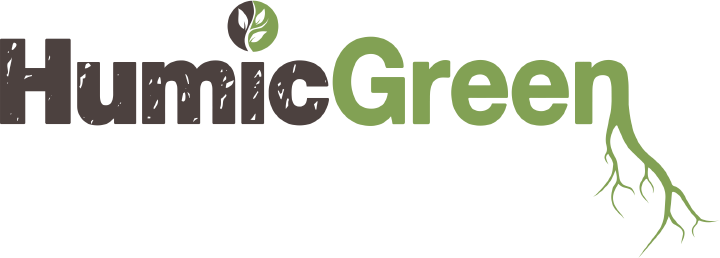Adding fertilizer to a lawn with dog urine spots can further damage the lawn and will increase the time needed for PetiGreen to control the damaged spots. If possible we recommend NOT adding additional fertilizer to areas the dog uses until the urine spots have stopped and then fertilize at a reduced rate if it is needed at all.
PetiGreen increases the soils ability to process nitrogen in pet urine which contains an excessive amount of nitrogen. By adding fertilizer it will increase the amount of nitrogen the microbes in the soil needs to process. It is nitrogen overload that kills the lawn and causes the dog urine spots to form.
Lawns that have been heavily fertilizing over the years can also be high in nitrogen. These lawns tend to have more severe urine damage where the dogs go and it can take much, much longer to process all that extra nitrogen before the soil improves enough to protect against new spots. It is best in areas like these to keep the dog off the area if possible, to reseed after applying PetiGreen and letting the new grass get well established. These soils can take months before they come around.
When there is an excess of nitrogen added to the soil, even when there are no pets, nitrates can build up and diminish microbial activity which impacts lawn and plant growth. By cutting back on nitrogen use, using it sparingly and only when needed, you can actually achieve a greener, healthier lawn.
If you have fertilized already apply PetiGreen as soon as possible so it can start processing the fertilizer and begin to reduce the nitrogen overload in the soil.
It takes quite a bit of time for soil microbes to build to a population large enough to prevent new urine spots but as this population is growing a lot of nitrogen can be processed so that new grass seed will grow. You’ll still get new spots but this will help keep your lawn looking greener until the microbes can prevent the new spots altogether.
Posted in: PetiGreen,




